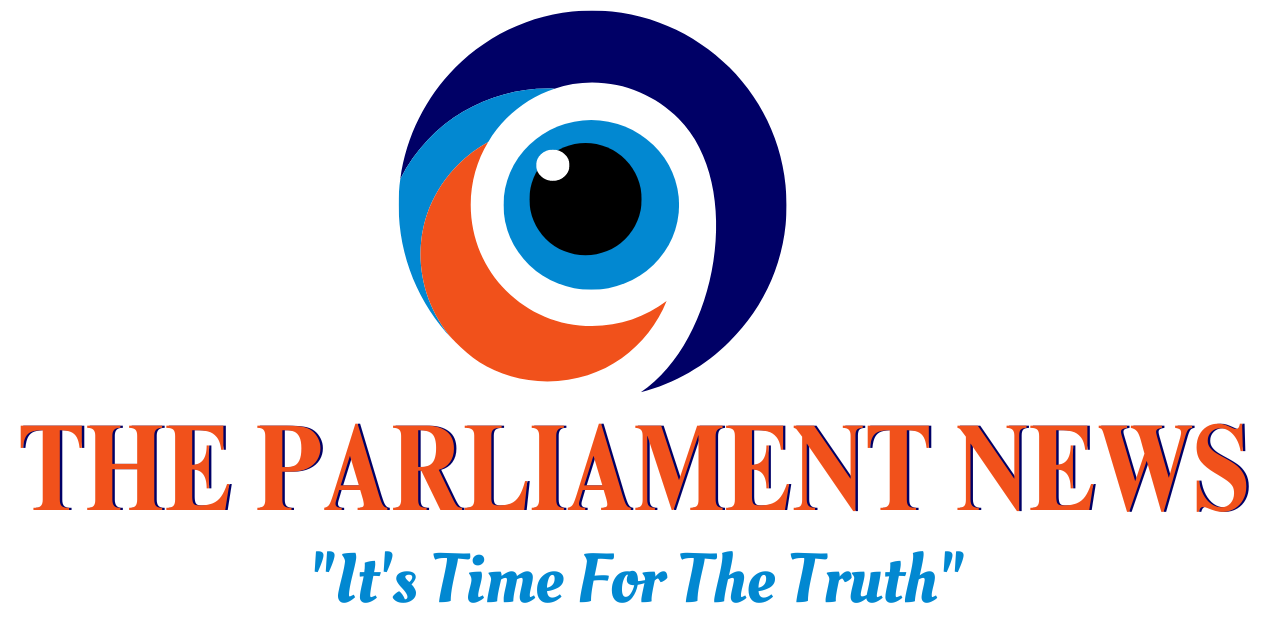The Los Angeles wildfire is carving a harrowing legacy as one of the most financially devastating natural disasters in U.S. history. Preliminary assessments, as reported by Bloomberg, estimate that the economic toll could range between a staggering $52 billion and $57 billion. With fierce flames ravaging affluent neighborhoods like Santa Monica and Malibu, where median home values exceed $2 million, the destruction is monumental.
A Disaster of Historic Proportions
This wildfire has rapidly ascended the ranks of America’s most expensive disasters. While it pales in comparison to Hurricane Katrina’s unprecedented $200 billion cost in 2005, it surpasses the 2018 California wildfires, including the infamous Camp Fire, which caused $30 billion in damages. The sheer scale of this disaster places it among the most severe in modern California history.
“This is already one of the worst wildfires in California history,” stated Jonathan Porter, AccuWeather’s chief meteorologist. He cautioned that if the fires continue consuming additional structures, it could become the most destructive wildfire in the state’s recent history.
The Toll on Lives and Property
At least five lives have been tragically lost, and over 1,000 structures have been reduced to ashes. Entire communities have been displaced as fast-moving flames, fueled by hurricane-force Santa Ana winds, swept through picturesque neighborhoods, many home to high-profile celebrities. Winds gusting over 70 mph (112 kph) exacerbated the inferno, delaying aerial firefighting efforts and allowing the flames to spread uncontrollably. Aerial operations have since resumed, offering a glimmer of hope in combating the disaster.
Broader Implications of the Blaze
The ramifications of this disaster extend far beyond property destruction. Toxic smoke poses severe long-term health risks to residents, while the region’s tourism industry—a vital economic pillar—is expected to suffer significantly. The wildfires underscore the growing vulnerability of even the wealthiest communities to natural calamities.
A Grim Future Looms
As the fires continue to advance, driven deeper into high-value neighborhoods by relentless winds, the damage tally could escalate further. This catastrophic event serves as a sobering reminder of nature’s unrelenting power, the increasing threats posed by climate change, and the need for robust disaster preparedness and mitigation strategies.
While firefighters and residents grapple with the immediate crisis, the nation watches in solemn anticipation, hoping that this devastating chapter in California’s history will soon come to an end.



